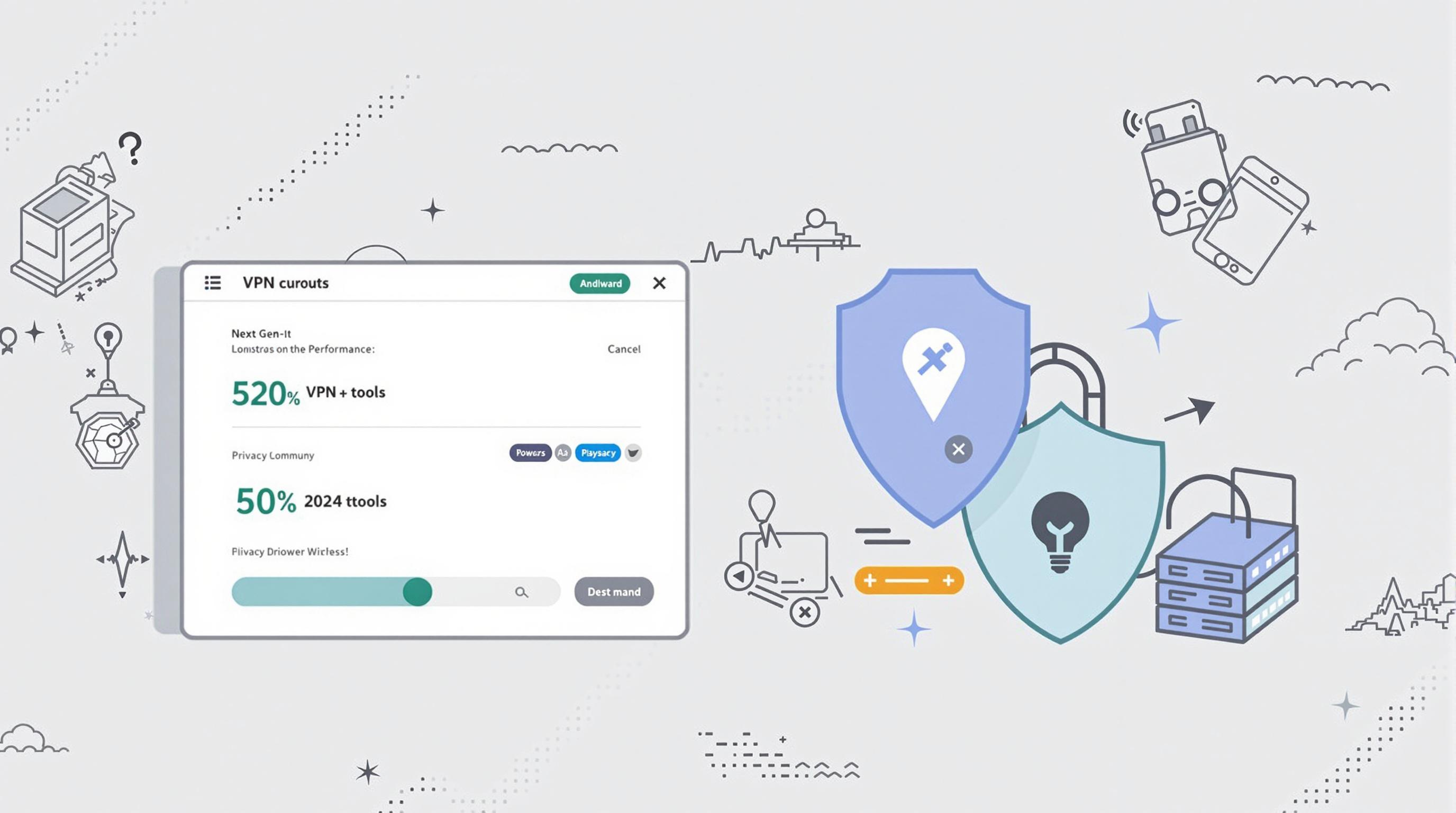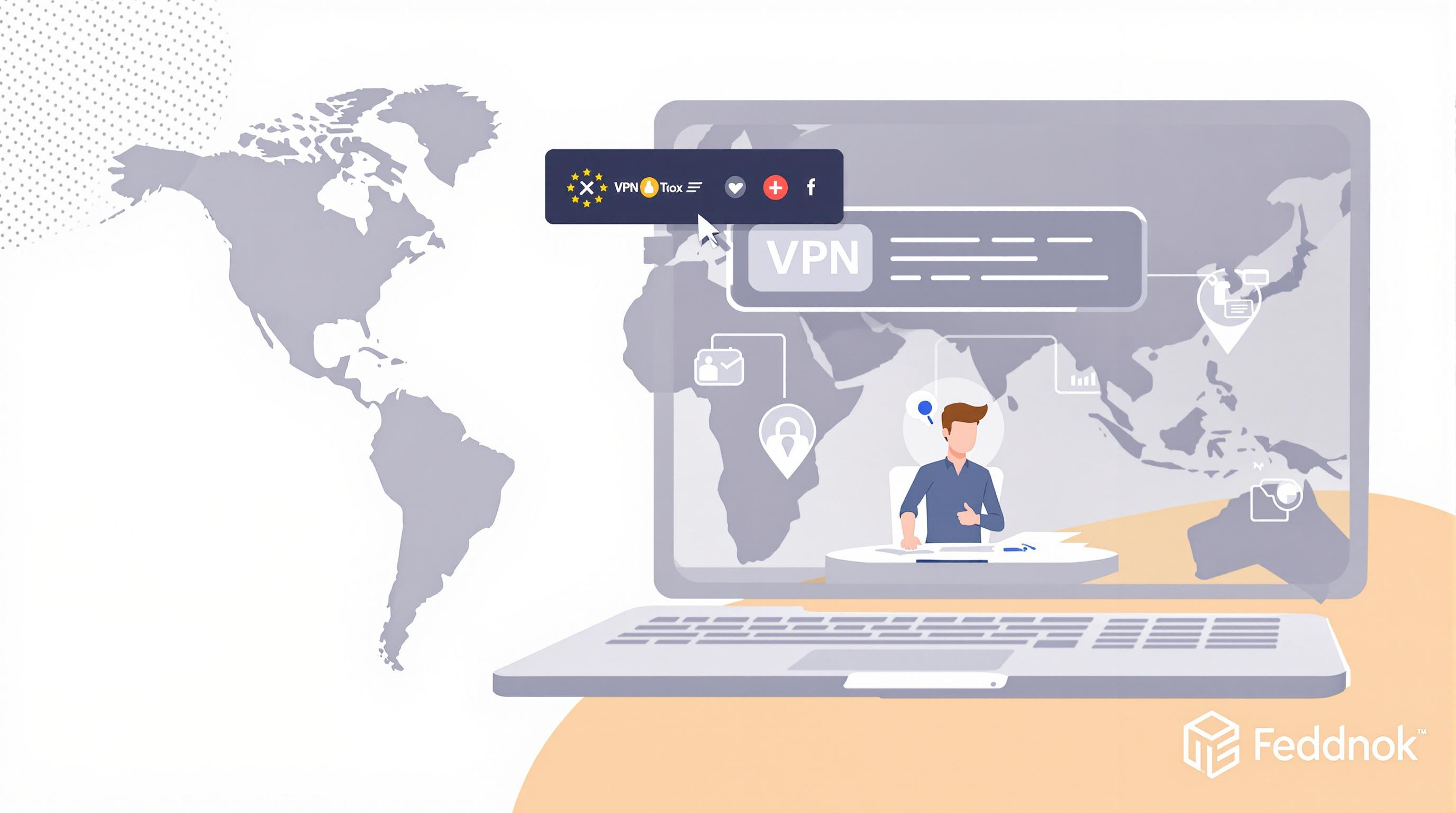Related Articles
- 8 Innovative Password Safes Released Since 2019 Changing How We Protect Our Digital Lives
- Top 6 Revolutionary Password Vaults Debuting Since 2019 That Are Disrupting Cybersecurity Norms
- 7 Innovative Browsers Released Since 2019 That Redefine Online Confidentiality and User Control
- Exploring Psychological Barriers to Adopting Enhanced Mail Safeguards Among Diverse User Groups
- Top 6 Privacy-Focused Browsers Launched Since 2019 That Outsmart Data Trackers Effortlessly
- How Antivirus Software Influences Environmental Footprints: Assessing Energy Use and Electronic Waste Trends
Top 8 Next-Gen Privacy Tools Released Since 2019: In-Depth Review and Expert Ranking for Ultimate Online Security
Top 8 Next-Gen Privacy Tools Released Since 2019: In-Depth Review and Expert Ranking for Ultimate Online Security
Top 8 Next-Gen Privacy Tools Released Since 2019: In-Depth Review and Expert Ranking for Ultimate Online Security
Introduction to Next-Gen Privacy Tools
As digital threats become increasingly sophisticated, the demand for advanced privacy tools has surged. Since 2019, developers have launched a variety of next-generation privacy solutions designed to provide seamless, robust security for users across the globe. These tools leverage innovative technologies such as AI-driven encryption, decentralized networks, and zero-knowledge protocols to redefine online privacy.
The importance of such tools cannot be overstated amidst rising concerns over data breaches, government surveillance, and commercial data exploitation. Privacy is no longer an optional feature but a critical safeguard for digital freedom and trust. Consequently, assessing these tools on the parameters of usability, security features, and transparency is essential for both newcomers and experts.
This article presents a detailed review and expert ranking of the top 8 privacy tools released since 2019. Each tool will be evaluated based on its effectiveness, innovation, user experience, and impact on enhancing online security. Our goal is to guide users towards the best privacy solutions available today.
1. Tor Browser 10+ (2019 Release)
The Tor Browser has been a cornerstone of online anonymity for years, and its post-2019 versions introduced significant improvements. The 10.x releases further enhanced security with hardened sandboxing techniques and improved bandwidth management to resist network-level attacks. These updates make browsing more private and censorship-resistant.
One of Tor’s standout features is its decentralized onion routing, which prevents tracking by obscuring user IP addresses across multiple relay nodes. Updates also integrated newer versions of Firefox’s privacy features, ensuring compatibility and advanced user controls. However, the slower connection speeds remain a trade-off for the high level of anonymity Tor provides.
Experts commend Tor Browser 10+ for balancing usability and privacy while continuing to evolve with emerging cyber threats. According to the Tor Project’s official reports, over 2 million users rely on these versions monthly, highlighting their trust and relevance (source: torproject.org). Despite certain limitations, Tor remains a benchmark in privacy tool innovation.
2. Proton Mail Plus (2019 Update)
Proton Mail Plus took the already secure Proton Mail platform to new heights in its 2019 iteration by enhancing end-to-end encryption and introducing modern user interface improvements. As a leading encrypted email service, Proton Mail Plus boasts zero-access architecture, ensuring that even Proton can't read users’ emails.
The upgrade focused on expanded storage, improved calendar encryption, and integration with Proton VPN, creating a privacy suite for end-to-end secure communication. It also included advanced spam protection and customizable encryption settings, appealing both to individual privacy enthusiasts and corporate clients seeking confidentiality.
Security analysts praise Proton Mail Plus for maintaining transparency through open-source cryptographic protocols and for advancing privacy without sacrificing practicality. Proton’s commitment to privacy is supported by external audits and high-profile endorsements, making it one of the top encrypted email platforms currently (source: proton.me/security).
3. Brave Browser (2020 Launch)
Emerging in 2020, Brave Browser introduced an aggressive approach toward blocking ads and trackers by default, coupled with new privacy features that challenged conventional browsers. Its integration of the Basic Attention Token (BAT) system also created a user-centric advertising model that respects privacy and rewards attention.
Brave’s innovation lies in combining built-in privacy tools with speed optimization. By disabling third-party cookies and fingerprinting scripts, Brave provides a cleaner, faster browsing experience with less data leakage. Additionally, its Tor integration within private tabs offers optional anonymity for more privacy-conscious users.
Experts consider Brave a significant step forward in mainstream adoption of privacy-first browsing. Its rapid user growth and positive industry feedback confirm its effectiveness. Privacy advocates highlight Brave's open-source nature as a sign of its reliability and continuous improvement (source: brave.com).
4. Signal App (Advanced Features Post-2019)
Signal has been recognized as one of the most secure messaging apps, and subsequent releases since 2019 have pushed its encryption and usability further. Signal’s open-source protocols and minimal metadata storage distinguish it within the privacy landscape, giving users confidence that their communications remain confidential.
Key enhancements include disappearing messages, encrypted group calls, and improved delivery privacy through sealed sender technology. The app also expanded its user base significantly in recent years, highlighting its growing reputation as the go-to app for private messaging and VoIP calls.
Cryptographers and security experts frequently recommend Signal due to its commitment to transparency and robust security. As noted by numerous cybersecurity audits, Signal remains resistant to majority of interception attempts and actively improves its protection measures (source: signal.org).
5. NordVPN Meshnet (2021 Addition)
In 2021, NordVPN introduced Meshnet, a novel privacy feature allowing users to create a secure, decentralized network between devices. This tool enhances traditional VPN services by enabling direct encrypted connections in a peer-to-peer model without exposing IP addresses.
Meshnet’s use cases range from secure remote work environments to private gaming networks. It bolsters privacy by limiting dependency on centralized servers and by encrypting traffic within the user-controlled mesh. The feature integrates seamlessly with NordVPN’s broader infrastructure to ensure speed and reliability.
Industry experts appreciate Meshnet for addressing gaps in existing VPN technology, especially for multi-device privacy needs. By innovating beyond simple masking of IP addresses, NordVPN sets a new paradigm in secure networking (source: nordvpn.com).
6. Firefox Focus (2020 Major Update)
Mozilla’s Firefox Focus is a privacy-focused mobile browser that underwent significant upgrades in 2020. It provides auto-blocking of ads, trackers, and scripts, plus a simple interface tailored for on-the-go private browsing. The browser deletes browsing history upon exit, preventing residual data leaks.
One of Firefox Focus’s strengths lies in its lightweight design and minimal permission requirements, making it ideal for privacy-conscious users on mobile devices. The browser transparently informs users about what trackers it blocks, promoting trust and awareness during browsing sessions.
Security analysts highlight the combination of user simplicity and powerful anti-tracking as a core advantage. While it does not replace full desktop browsers for advanced users, Firefox Focus effectively closes several common privacy gaps found in mobile internet usage (source: mozilla.org).
7. CryptPad (Since 2019)
CryptPad is an encrypted collaboration platform that has gained traction since 2019 for its privacy-first approach to office work. Unlike traditional cloud document editors, CryptPad encrypts user data client-side, ensuring that no server, including those hosting the service, can access the content.
This zero-knowledge platform supports document editing, spreadsheets, whiteboards, and polls, all within the browser. The encryption and privacy features make CryptPad particularly valuable for teams handling sensitive data or operating in high-risk environments.
Experts commend CryptPad not only for secure collaboration but also for fostering privacy awareness in a sector dominated by data-collecting incumbents. Its commitment to open-source development fuels ongoing improvements and trust-building (source: cryptpad.fr).
8. OnionShare 2.4+ (2020 Features)
OnionShare allows users to share files anonymously using the Tor network without relying on centralized hosting. Since 2020, its updates have improved user interface, file size limits, and integration with additional security features, making anonymous file sharing more accessible and user-friendly.
The tool’s design enables direct encrypted connections between sender and receiver, drastically reducing the risk of interception or censorship. Its open-source nature and regular updates demonstrate an ongoing commitment to robust privacy protection.
Also recommended by privacy professionals, OnionShare fills a niche for secure file transfers, especially in activism, journalism, and environments with strict censorship. Its unique use of Tor for transport ensures strong anonymization and integrity (source: onionshare.org).
Conclusion and Expert Ranking Summary
The privacy tools reviewed here illustrate the remarkable progress made since 2019 in enhancing online security and user autonomy. From encrypted communications and private browsing to decentralized networks and secure collaboration, each tool offers unique strengths catering to different privacy needs.
In expert ranking, Signal App and Proton Mail Plus lead for communications privacy, while Tor Browser and Brave Browser excel in anonymous web access. NordVPN Meshnet represents a breakthrough in secure networking, and tools like CryptPad and OnionShare provide innovative solutions for collaboration and file sharing. Firefox Focus stands out as a reliable mobile privacy browser.
Choosing the right combination of these tools depends largely on the specific requirements and threat models of users. However, integrating any of these next-gen privacy solutions will significantly elevate one’s defense against the evolving landscape of digital vulnerabilities. For continued security, staying updated with these tools’ latest versions and best practices is imperative.




